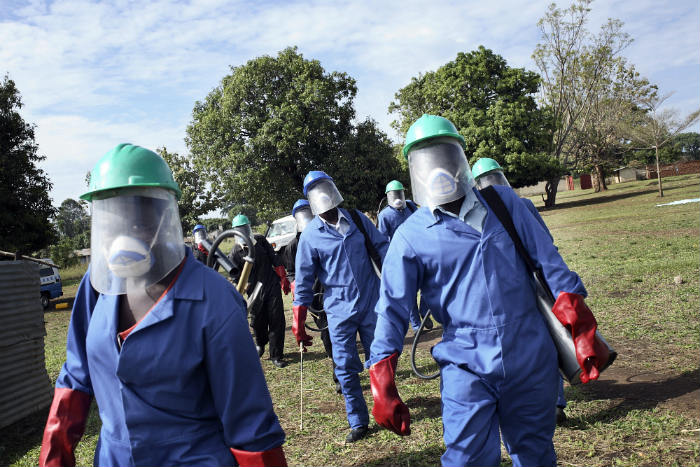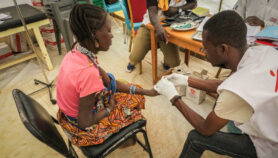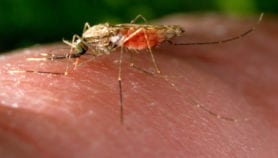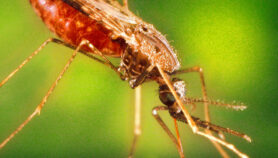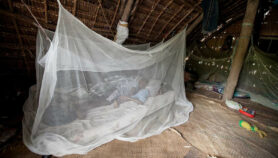By: Katyanna Quach
Send to a friend
The details you provide on this page will not be used to send unsolicited email, and will not be sold to a 3rd party. See privacy policy.
The widespread use of certain insecticides by farmers is making the chemicals less effective at fighting malaria-spreading mosquitoes, a paper shows.
The paper, which aggregated data on the issue from other studies, found a clear link between the use of pyrethroids as an agricultural pesticide in Africa and the resistance of Anopheles mosquitoes to this insecticide. These mosquitoes are the main malaria vector.
Resistance to pyrethroids was once confined to southern Africa, but had spread to Benin, Cameroon, Kenya and Uganda by 2014, the paper says.
“Whilst there is almost certainly a correlation between agricultural use of insecticides and insecticide resistance… I believe the majority of selection for resistance probably comes from the use of insecticides in vector control.”
Mark Hoppe, International Resistance Action Committee
Pyrethroids are among the most common insecticides used for indoor spraying and bed net treatments against malaria mosquitoes, the authors say. The chemicals are valuable because they are considered safe for humans.
But the authors found low “kill rates” being reported from trials with pyrethroid-soaked bed nets in areas affected by pyrethroid resistance.
Report coauthor Hilary Ranson, a researcher at the Liverpool School of Tropical Medicine in the United Kingdom, says new types of insecticides must be developed to counteract the growing resistance of mosquitoes. “It is critical that we do not rely on one single active ingredient,” she says.
Pyrethroids are a crucial focus of the World Health Organization’s global plan to tackle insecticide resistance in malaria vectors.
The chemicals are commonly used in agriculture, particularly in farming cotton, which is among the most pesticide-intensive cash crops grown across Africa.
But the link between agricultural use of pyrethroids and mosquito resistance to the substance may not be straightforward, says Mark Hoppe, a public health researcher at the International Resistance Action Committee, a technical group that provides a global industry response to insecticide resistance.
“Whilst there is almost certainly a correlation between agricultural use of insecticides and insecticide resistance in the mosquito vectors of malaria, I believe the majority of selection for resistance probably comes from the use of insecticides in vector control,” he says.
The Innovative Vector Control Consortium, a charity dedicated to fighting diseases spread by insects, is developing non-pyrethroid insecticides. But it may take up to five years before they become available, according to the WHO.
References
Hilary Ranson and Natalie Lissenden Insecticide resistance in African Anopheles mosquitoes: A worsening situation that needs urgent action to maintain malaria control (Trends in Parasitology, March 2016)


